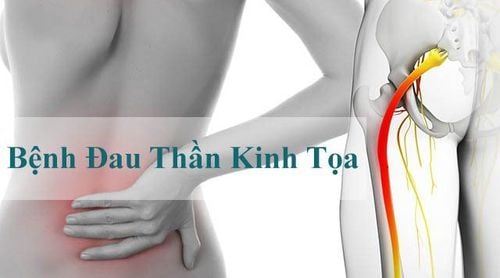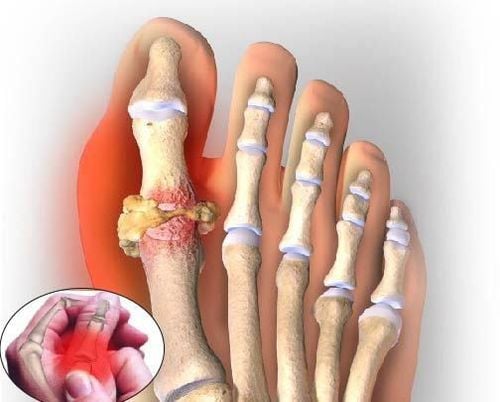This is an automatically translated article.
The article is professionally consulted by Master, Doctor Huynh An Thien - Neurologist - Department of Medical Examination & Internal Medicine - Vinmec Danang International Hospital.Sciatica is a disease common to all ages, causing painful and uncomfortable symptoms for patients. To treat the disease effectively, patients can use drugs, change their living habits, combine with walking and moderate exercise.
1. What is sciatica? The sciatic nerve is a nerve that runs from the lower back down the leg, and has the function of controlling sensation and controlling the movements of the legs, helping the legs to perform activities such as walking, standing up - sitting down. Sciatica is also known as sciatica. This is a disease that occurs in the hips and thighs, characterized by pain along the path of the sciatic nerve (pain running along the back of the leg to the foot). Patients experience pain when the sciatic nerve is compressed or damaged.
Causes of sciatica include: herniated disc, spinal stenosis, spinal tumor, pear muscle syndrome, arthritis, degenerative joint disease, injury or infection,... Symptoms of the disease is a painful sensation that runs along the sciatic nerve (from the lower back through the buttocks, running down the back of the leg on one side of the body). Other symptoms include heat, burning, numbness or fatigue, weakness in the lower back down to the buttocks, down the back of the legs; Symptoms are worse when sitting for a long time, walking, bending over, ... The patient may have gait changes or nerve root damage (decreased ability to sweat, loss of sensation in the lower extremities or loss of bowel control). , urination).
2. Should you exercise for sciatica? The answer is: Yes. Patients with sciatica or other bone and joint diseases can exercise moderately to make their joints more flexible, improve the body's resistance, and improve their disease status effectively. Moreover, regular exercise with gentle sports such as walking, cycling, swimming, ... also helps relax the lumbar spine ligaments, minimizing muscle and joint stiffness.
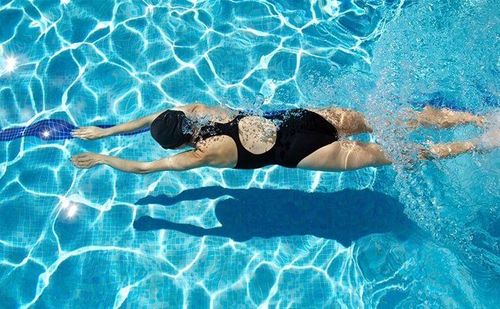
Exercises to improve the lumbar region
Initial position: The patient lies on a mat or flat surface, proscribing a small pillow under the head. Then, the patient bends the knees up, keeping the feet straight, keeping the distance between the feet equal to the width of the hips. Next, the patient relaxes the upper half of the body, meeting the chin toward the chest; Do the movement: Bend the knee towards the chest, use both hands to hug the knee and then gradually pull it up to the chest as high as possible, hold for about 20-30 seconds and breathe deeply. Next, switch legs and perform this movement continuously 3-5 times.
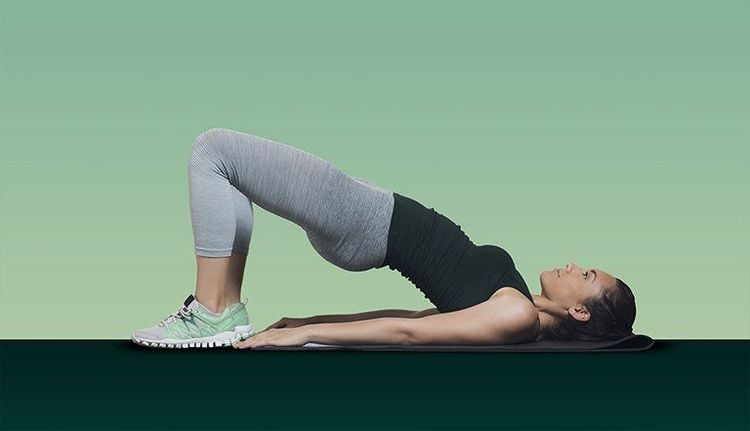
Initial position: Patient lies prone on the floor, leaning on elbows, keeping spine comfortably stretched; Do the move: Stretch your shoulders back while keeping your neck straight, with your hands down. At this time, the patient will feel the abdominal muscles will stretch. When practicing, the patient holds the breath evenly, hold the position for about 10 seconds. This exercise should be performed continuously 3-5 times; Notes when exercising: The patient needs to have straight hips, not tilt the neck back and not stretch the body too much. Exercises to stretch the hamstrings
Initial position: The patient stands up straight, puts one foot on a small chair, keeps the body balance, and then slowly straightens the toes; Perform the movement: The patient slowly leans forward, keeping the back straight, motionless for about 20-30 seconds combined with deep breathing. Next, switch legs, do the same and do this movement repeat about 3 - 5 times; Note when practicing: Always keep your back straight in all positions and do not overdo it. 3. Sciatica should walk? The answer is yes. According to medical experts, when suffering from diseases related to bones and joints, in this case sciatica, patients should maintain regular exercise and walking habits to improve health and support treatment. cure.
3.1 Benefits of walking The benefits of walking in the treatment of sciatica are:
Walking helps patients improve pain, numbness and stiffness. Meanwhile, if you are lazy to exercise, refuse to walk or exercise, the disease will get worse and worse, possibly even leading to paralysis of the lower body; Daily walking helps the muscles and joints to relax, relieve stress, prevent nerve compression and help the blood circulation of sciatica patients go more smoothly. ; Walking helps nourish joint cartilage, increase flexibility and improve joint strength, making joints stronger. As a result, when entering middle age, patients with sciatica will reduce the risk of knee osteoarthritis or knee arthritis;

Choose a suitable pair of shoes: Sciatica patients absolutely must not go barefoot because this can affect the feet and nerves. The use of a good pair of walking shoes, the right foot size will bring better health improvement, avoiding the risk of injury such as dislocation, sprain. At the same time, the patient should choose comfortable, loose clothing; Practice the right movements, the right subjects: You can practice walking with a treadmill at home or walking in the park. Patients should practice according to the instructions of the coach to ensure the effectiveness of the exercise; Have a suitable exercise schedule: Patients need to base on their health status to choose an appropriate exercise time. If the signs of pain have improved, the patient can prolong the walking time; The patient should not exercise too much in the first place because this can put more pressure on the sciatic nerve, causing more severe hip and leg pain. Patients with sciatica should only walk for a distance of no more than 1.5km; Walking time: Every day the patient should only walk about 20-30 minutes; Before walking, you should warm up gently to relax muscles, secrete mucus around the joints. This reduces pain and reduces the risk of injury during exercise; Patients should rest during walking if they feel a lot of pain; Keep a steady walking speed, relax your body, don't strain yourself when moving; Consistently practice walking, do not stop exercising until or just see results.
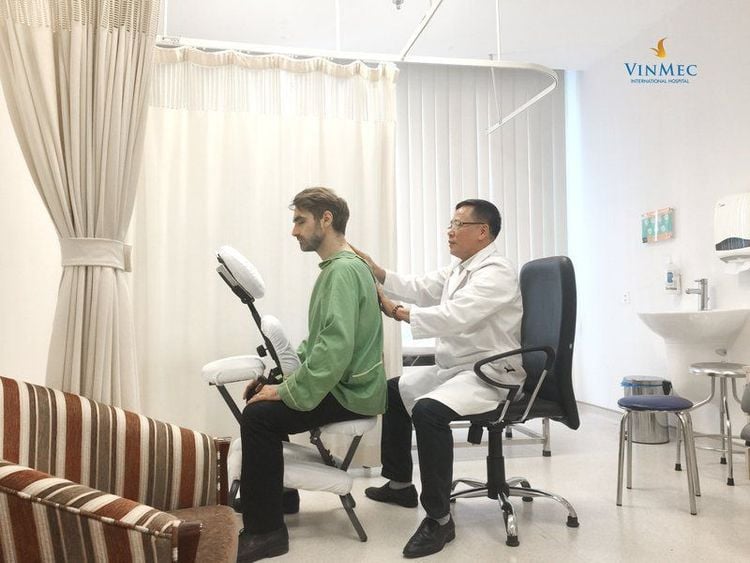
Please dial HOTLINE for more information or register for an appointment HERE. Download MyVinmec app to make appointments faster and to manage your bookings easily.







